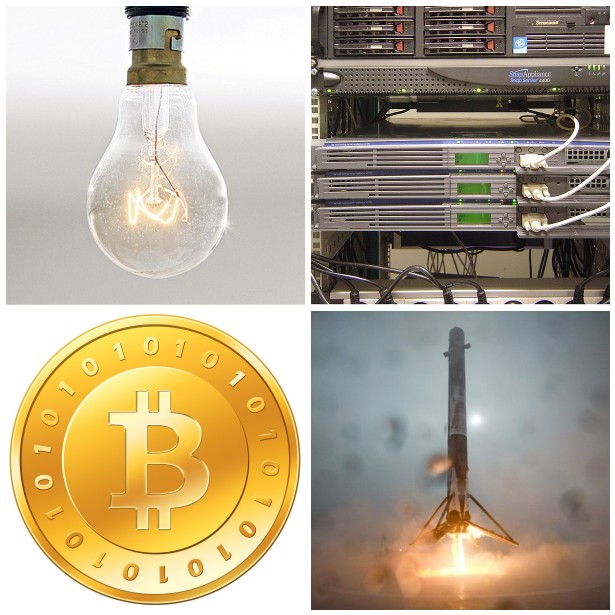Throttling Bitcoins at the Back Door

A follow up on T-Mobile
Correction:T-Mobile’s Binge On Optimization is Just Throttling, Applies Indiscriminately to All Video
Our last finding is that T-Mobile
Apple’s Tim Cook Lashes Out at White House Officials for Being Wishy-Washy on Encryption
Apple CEO Tim Cook lashed out at the high-level delegation of Obama administration officials who came calling on tech leaders in San Jose last week, criticizing the White House for a lack of leadership and asking the administration to issue a strong public statement defending the use of unbreakable encryption.
Video Shows SpaceX Falcon 9 Rocket Land on Droneship, Then Fall Over and Explode
The short video, which Musk posted on Instagram, shows the Falcon 9 rocket first stage touching down on the drone ship as planned, but then falling over to hit the deck and explode. Musk has said one of the four landing legs on the rocket failed to latch securely, leading to the fall. The rocket landing occured after SpaceX successfully launched the Jason-3 satellite into orbit from Vandenberg Air Force Base in California. The satellite will map Earth’s oceans in unprecedented detail for NASA and NOAA.
The resolution of the Bitcoin experiment
Why has Bitcoin failed? It has failed because the community has failed. What was meant to be a new, decentralised form of money that lacked
Return of incandescent light bulbs as MIT makes them more efficient than LEDs - Telegraph
But now scientists in the US believe they have come up with a solution which could see a reprieve for incandescent bulbs.
Researchers at MIT have shown that by surrounding the filament with a special crystal structure in the glass they can bounce back the energy which is usually lost in heat, while still allowing the light through.
They refer to the technique as
Richard Stallman on Free Software
Richard Stallman from the Free Software Foundation joins us to talk about the GNU/Linux operating system and his philosophies about software including Digital Restrictions Management and so-called
Episode 3, Season 16

